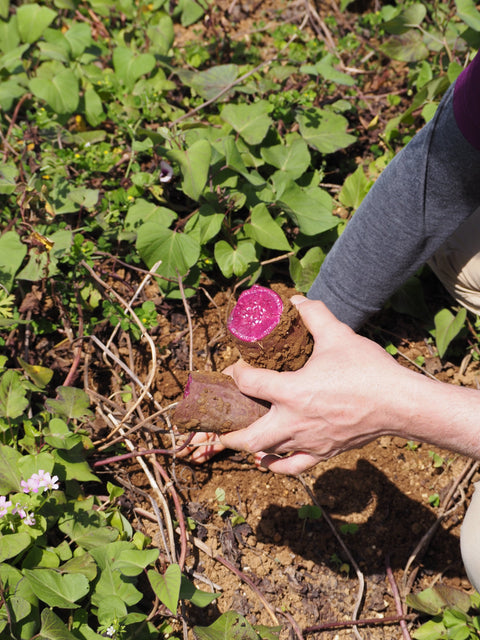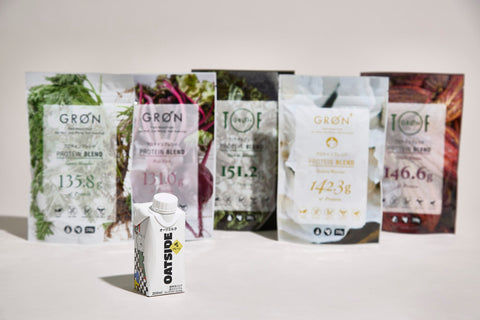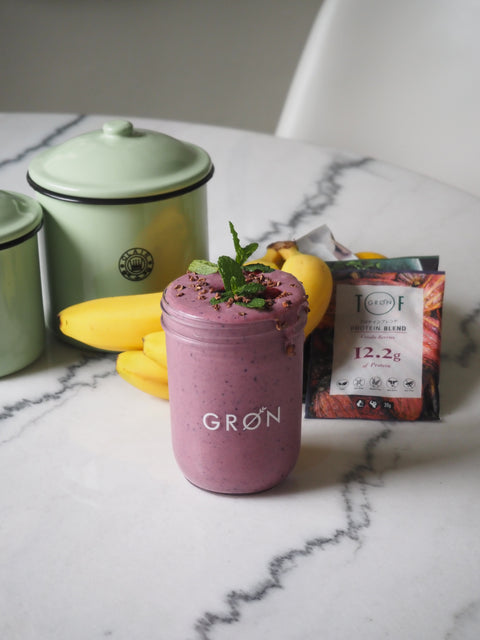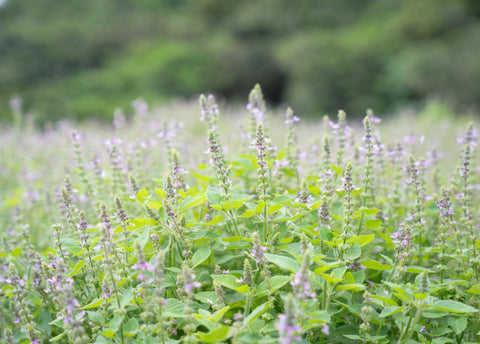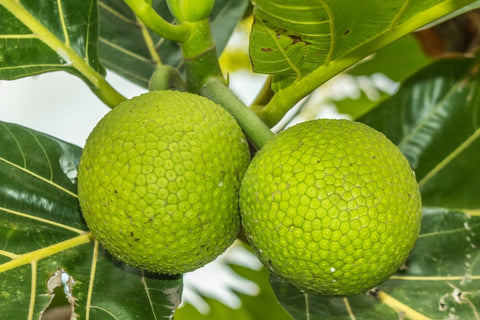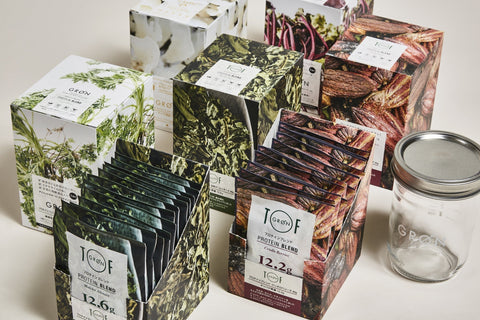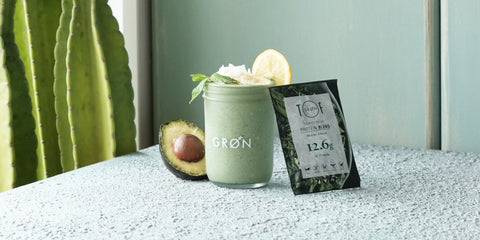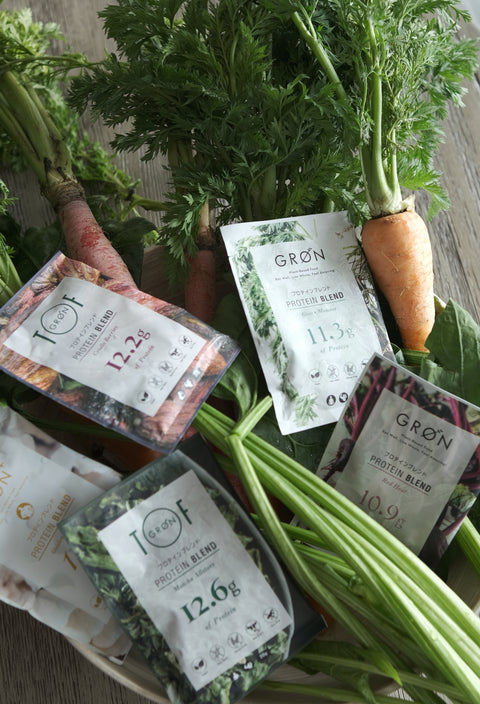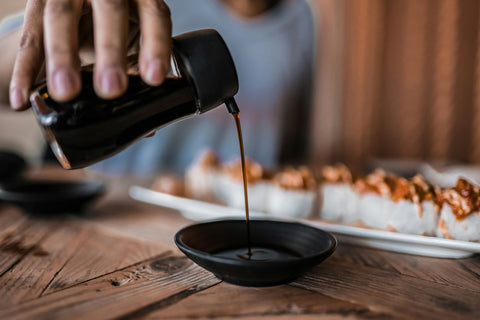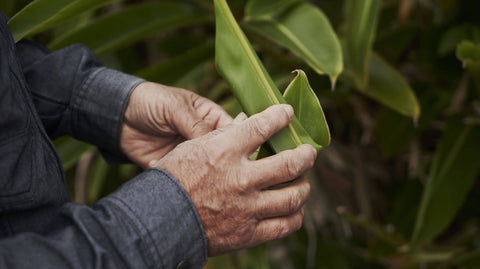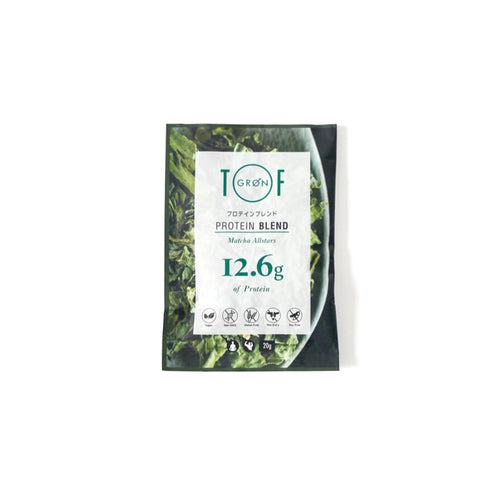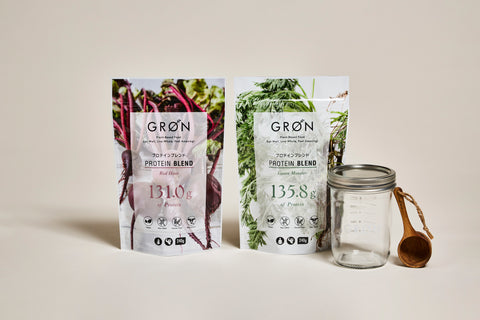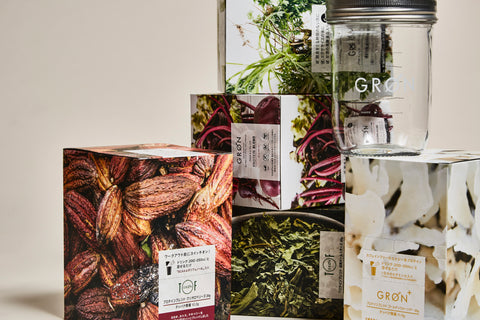About Shojin-ryori (Vegetarian Cuisine) ~Nutritionist's Column Vol.52
Now that taking care of your health through diet has become the norm, shojin ryori (traditional Japanese cuisine) is gaining attention worldwide.
Overseas, it is introduced as "Buddhist Cuisine".
This time I would like to introduce you to Shojin ryori, which is not just vegetable cuisine but has developed along with the history of Buddhism.

What is Shojin-ryori?
Shojin ryori refers to the cooking method or system passed down by Zen Buddhist monks.
Based on the precept of not killing living things, no birds, animals, fish or shellfish are used in this dish, and it is said to have developed as a dish made by Zen monks as part of their training.
The word "shojin" is a Buddhist term that refers to devoting oneself to Buddhist training, but "shojin ryori" does not actually appear in Buddhist scriptures.
The common people came to understand that the diet unique to monks, which involves not eating animal products or foods with strong smells, was related to Buddhist ceremonies and came to be called "shojin ryori."

As Buddhism spread from India to other countries, Zen temples were built in China, deep in the mountains, isolated from civilization, and a style of vegetarian cuisine, consisting only of plant-based foods, developed, in a completely self-sufficient environment following the precept of avoiding killing.
When preparing meals from limited agricultural produce, they made use of a variety of cooking methods such as boiling, frying, deep-frying, roasting and drying, and carefully prepared the food while thinking of the people who would be eating it, which was itself considered a form of training.
When Buddhism was introduced to Japan via China, shojin ryori was understood to be primarily a formality, using only plant-based foods and no animal products. However, it is believed that shojin ryori originally required a "spirit of hospitality" to be considerate of the diners and to take the time to prepare the food, and that the diners needed to receive that feeling and have a "spirit of gratitude."

The definition and characteristics of Shojin ryori
Shojin ryori, which was established as a dietary method for Zen temples during the Kamakura period, is defined as a diet that adheres to the precepts forbidding killing, does not use seafood or meat, and is composed of plant-based foods such as vegetables, grains, beans, and seaweed.
Most meals are served in the form of a full meal or a kaiseki banquet, with one soup and three dishes or two soups and five dishes, and are generally lightly seasoned with shojin dashi stock.
*Depending on the sect, the use of the five pungent vegetables (green onions, chives, garlic, scallions, etc.) and alcohol may also be forbidden.
The foundations of shojin ryori are the "three virtues and six flavors" advocated by Dogen Zenji, the founder of the Soto sect, in his "Tenzo Kyokun" (Chinese Teachings on Teaching), as the cook's etiquette.
*1) About the Cook's Precepts: This document describes the importance of the duties of the Cook, who is in charge of food at a Zen training hall. It specifies in detail the combination of the five cooking methods (boiled, grilled, steamed, fried, raw), the five colors (white, yellow, green, red, black), and the six tastes (sweet, spicy, sour, salty, bitter, mild), the use of seasonal ingredients without leaving any behind, the mindset to prepare, how to behave before and after cooking, and the etiquette during the meal.
*2) About the three virtues: lightness and gentleness, purity, and following the law. Virtue is explained from three perspectives.
・Light and soft (light and soft, easy to eat, and the hardness and size are easy for the eater to eat)
Purity (clean, clean and refreshing appearance)
- According to the law (Cooking is done carefully in the correct order and method according to the teachings of Buddha)
*3) About the Six Tastes (mentioned above)
...Six tastes: sweet, sour, salty, bitter, spicy, and mild.
*The five basic chemical tastes are sweet, sour, salty, bitter, and umami, but in the five tastes of the Yin-Yang and Five Elements theory, spiciness is used instead of umami. And the sixth taste is lightness.
*"Light flavor" is considered to be the taste of dashi stock, which is indispensable to shojin ryori, that is, the umami and flavor of kelp and dried shiitake mushrooms, and the taste of the ingredients themselves used.

We eat shojin ryori (traditional vegetarian cuisine) as a sign of gratitude for the blessings of nature that sustain our lives.
Food is not seen as a means to satisfy hunger, but as a source of nourishment for healthy life.
Shojin ryori is often thought of as providing simple nutrition, but I believe it is a well-balanced diet in terms of nutrition.
You can enjoy the natural flavors of seasonal ingredients, such as vegetables, mushrooms, and root vegetables, which are rich in plant-based protein, vitamins, and minerals.
Vegetables that are in season are more nutritious than those that are not in season.
Also, because it has a light flavor, it helps prevent high blood pressure, and since you do not consume saturated fatty acids, which are found in large amounts in meat, it also helps prevent arteriosclerosis.

It may be difficult with your busy daily life, but when you have some time to relax, why not take the following points in mind and reconsider your diet?
-When eating shojin ryori, it is important to feel gratitude for nature, the ingredients, and all the people who are connected through food.
- While eating, do not talk or make noise, sit upright, savor the food with all your senses, and focus on the dish in front of you.
- Keep in mind that food is good medicine for maintaining the body and also for purifying a polluted mind.
Nowadays, you can experience shojin ryori at some restaurants and even as part of temple tourism.
Please enjoy it as a little mood booster, a reward for your body, or as good medicine.
——————————————————
Nutritionist, Food Education Instructor, Food 6th Industrialization Producer Level 4
Ayako Ishihara
A nutritional advisor in the healthcare field and an agribusiness professional.
She is involved in a variety of activities specializing in the fields of beauty and health, including giving lectures to Miss World Japan candidates.
With the philosophy of "enriching the mind and body through food and realizing a vibrant society where people and communities are connected," he founded i-Field Co., Ltd. in 2013 and serves as its representative.
He is a core member of the food team for "DINING OUT," which opens outdoor restaurants in various regions, and also participates in fashion brand projects.
She is also involved in the promotion of local ingredients, product development and production specializing in "health" and "beauty," branding, concept design, food hygiene, sales promotion, training planning and management, etc. She is in charge of nutritional supervision for GRØN's product development, proposing ways to incorporate them more effectively into consumer health.
——————————————————






